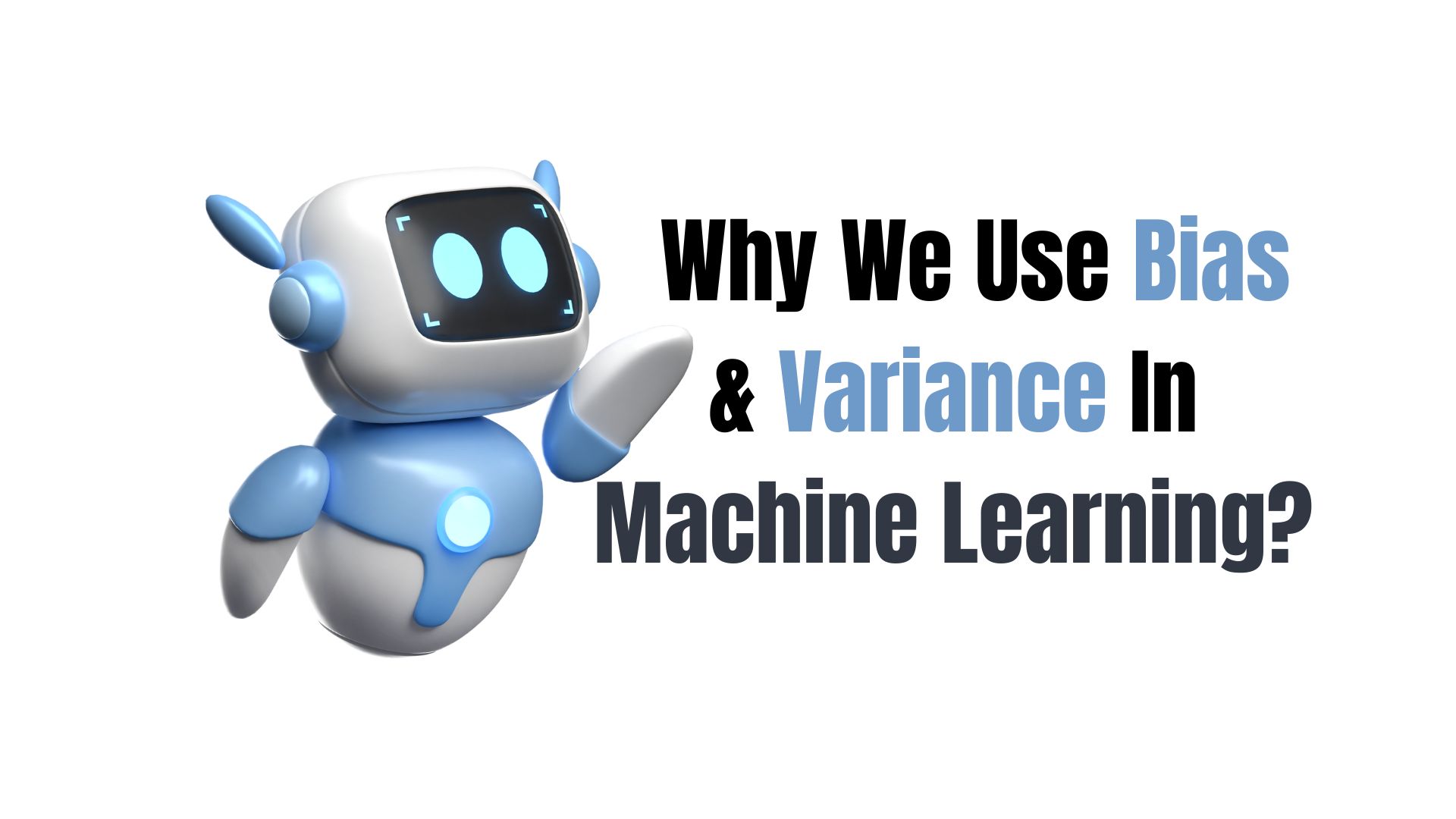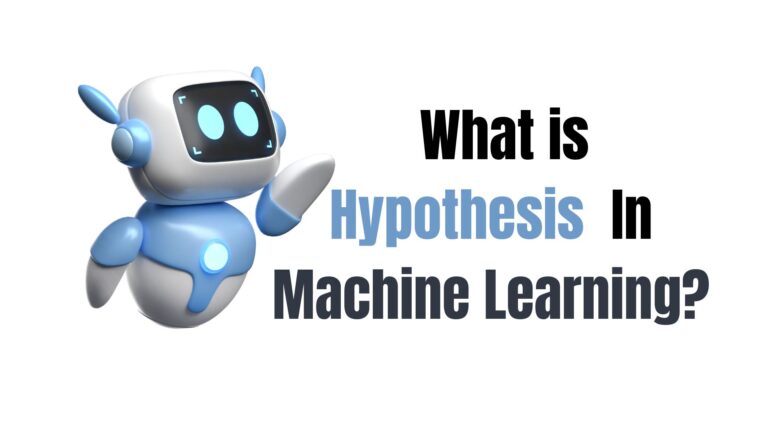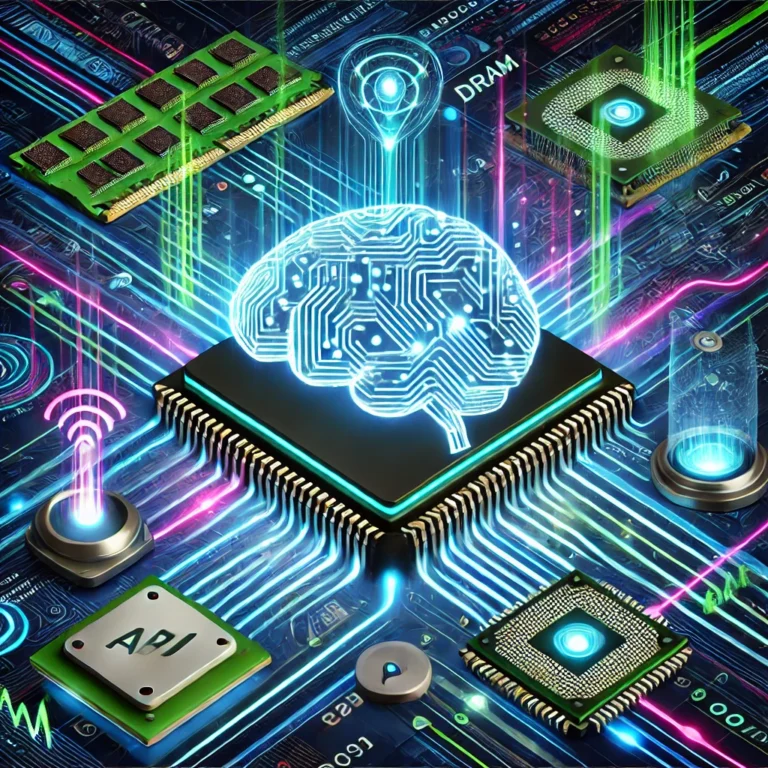Why We Use Bias And Variance In Machine Learning?

Bias and Variance are concepts used to describe the performance of machine learning models and to understand how well a model is likely to generalize to unseen data. They are part of the bias-variance tradeoff, which is crucial in machine learning.
High Bias → Underfitting (model too simple, poor performance).
— Zulqarnain Jabbar (@Zulq_ai) December 30, 2024
High Variance → Overfitting (model too complex, poor generalization).
The goal is to minimize both bias and variance for better predictions.#machinelearning #ai #zulqai
1. What is Bias?
Bias is the error introduced by assuming that a model is too simple to capture the underlying patterns in the data.
- High Bias: When a model is too simple, it cannot capture the complexity of the data, leading to underfitting. The model does not perform well on both training and test data.
- Low Bias: When a model is complex enough, it can better capture the patterns in the data, reducing the error.
Example:
If you try to fit a straight line (linear regression) to a dataset that actually follows a curve, the model has high bias because it oversimplifies the problem.
Read: Data Synthesis In Machine Learning
2. What is Variance?
Variance is the error introduced when a model is too complex and sensitive to the specific details of the training data.
- High Variance: When a model is too complex, it learns not only the patterns but also the noise in the training data, leading to overfitting. The model performs well on the training data but poorly on unseen test data.
- Low Variance: When a model is simpler and less sensitive to small variations in the training data, it generalizes better.
Example:
If you use a very complex model (e.g., a high-degree polynomial) to fit a small dataset, the model might fit the training points perfectly but fail to generalize to new data.
Bias-Variance Tradeoff
The goal in machine learning is to find a balance between bias and variance to achieve good performance on both training and unseen data:
- A model with low bias but high variance will overfit the data.
- A model with high bias but low variance will underfit the data.
- The ideal model has low bias and low variance, achieving a good balance and generalizing well.
Why Do We Use Bias and Variance in Machine Learning?
- Understanding Model Performance: Bias and variance help us understand whether our model is underfitting, overfitting, or achieving a good balance.
- Improving Generalization: By analyzing bias and variance, we can adjust the model’s complexity, add more data, or use regularization techniques to make the model generalize better.
- Model Selection: They guide us in choosing appropriate algorithms and tuning hyperparameters.
- Error Analysis: Total error can be decomposed as: Total Error=Bias2+Variance+Irreducible Error
- Bias: Error due to assumptions in the model.
- Variance: Error due to sensitivity to small changes in data.
- Irreducible Error: Noise in the data that no model can predict.
Key Takeaway
Bias and variance give insight into the tradeoff between a model being too simple (high bias) and too complex (high variance). The aim is to minimize total error to build a robust and accurate machine learning model.




